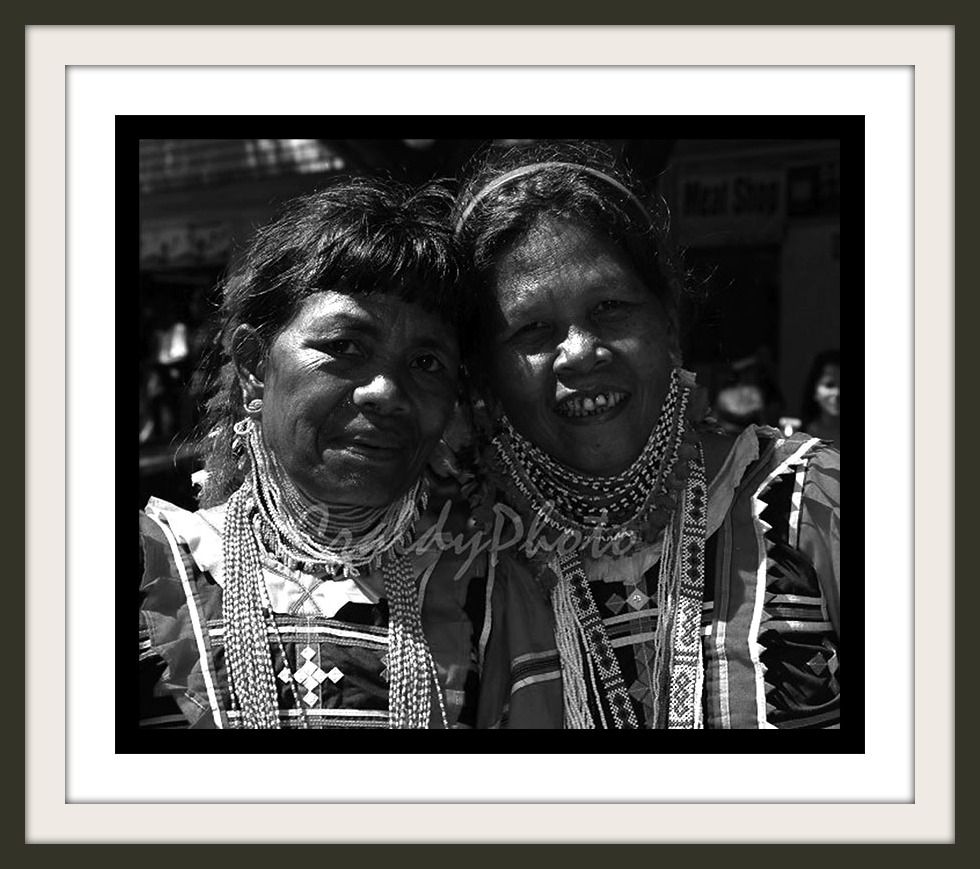
The Photographic Community for Users of Olympus and OM system micro 4/3 digital cameras and E-series DSLRs
| Home | Login |
Search
Forum
Actions
New Document
New Folder
List Folders
List Documents
List Groups
List Users
Camera resources
Olympus 4000
Olympus 4040
Olympus 5050
Olympus 5060
Olympus 7070
Olympus 8080
Olympus E-M1 II
Olympus E-M5
Olympus E-P1
Olympus E-P2
Olympus E-PL1
Olympus E-PL3
Olympus E1
Olympus E3
Olympus E30
Olympus E300
Olympus E330
Olympus E400
Olympus E410
Olympus E420
Olympus E500
Olympus E510
Olympus E520
Olympus E620
m4/3 lenses
Camera FAQs
Terms of Service
Photo contest
Submissions page
Hall of fame
Folders
About this site
Documents
Polls
Private folders
Public folders
Categories
Abstract
Action/Motion
Animal
Architecture
Candid/Snapshot
Cities/Urban
Documentation
Fashion/Glamour
Historical
Landscape
Macro
Miscellaneous
Nature
Night/Low light
People
Polls
Sand and Sea
Sky
Tourist/Travel
Contact Us
Bagobo

Copyright ©2011, Czaldy Garrote
Viewed times
Bagobo is one of the indigenous peoples living in harmony with other tribes in Davao region and in the eastern slopes of Mt. Apo.
The Bagobo are light brown in complexion. Their hair is brown or brownish black, ranging from wavy to curly. The men stand about 158 cm tall, the women 147 cm. Although the face is wide, the cheekbones are not prominent. The eyes are dark and widely set, the eye slits slanting. The eyebrows are deliberately shaved to a thin line by both male and female. The root of the nose is low, the ridge broad. The lips are full, the chin rounded. Population estimate of the Bagobo in 1988 was 80,000
| Photographer: | Czaldy Garrote |
|---|---|
| Folder: | Natural Women |
| Uploaded: | 06-Mar-2011 02:39 CET |
| Model release available: | |
| Camera: | Olympus E-500 |
| Exposure time: | |
| Aperture: | |
| Focal length: | |
| Lens: | |
| Focusing method: | |
| ISO: | |
| White balance: | |
| Flash: | no |
| Image format: | |
| Processing applied: | |
| Various: | |
| Image resized to: | 869x980 |